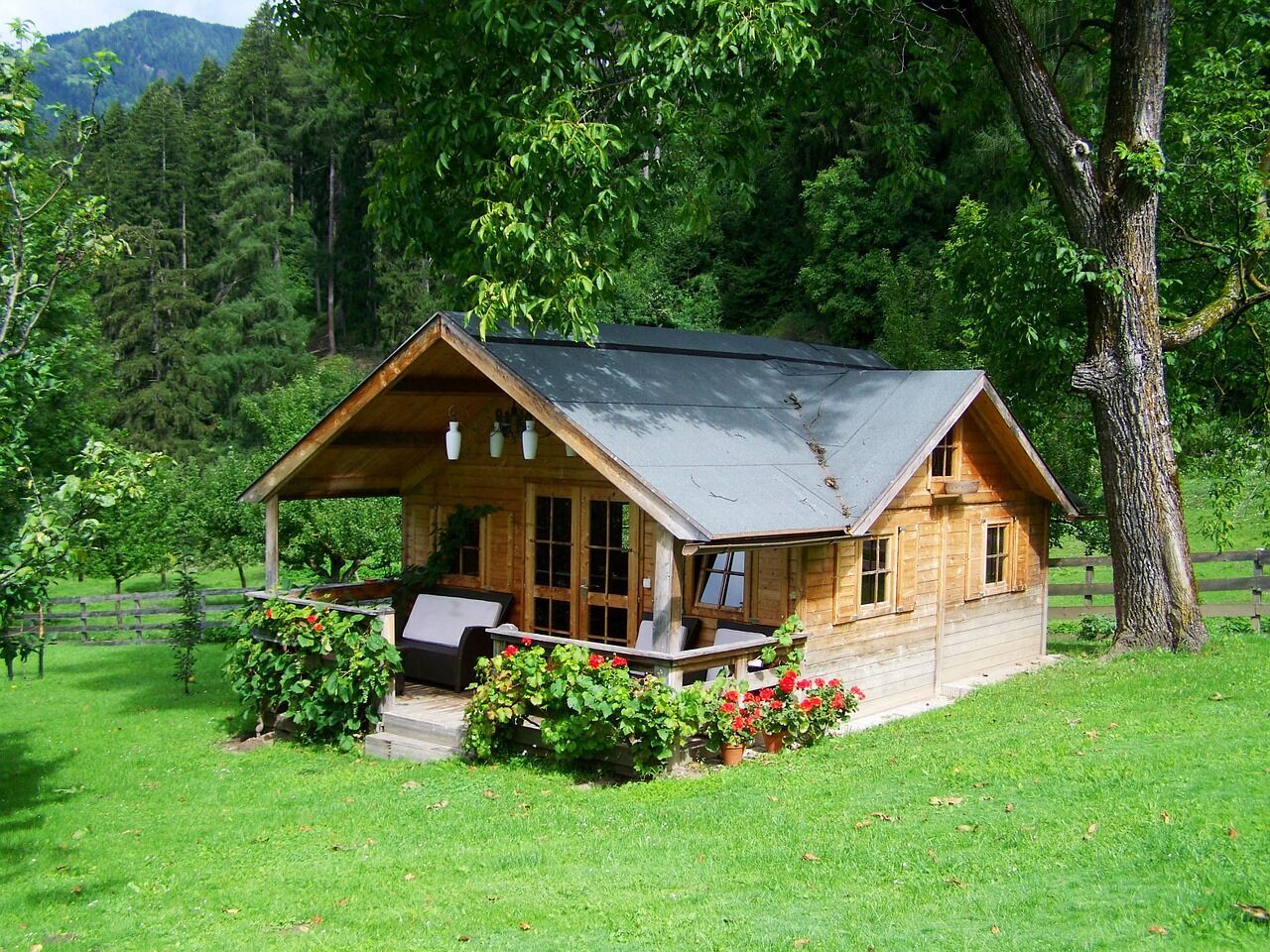In recent years we have seen an increase in the increased risk and possibility of SHTF crisis type situations actually happening. Most emergencyies are relatively small. However, that is not always the case. To be honest, if you really want to keep your family safe, you definitely wouldn’t want to risk planning for anything other […]
Month: October 2018
Safety First: 5 Things to Think About Before Remodeling
The time has come for the big renovation! While you’re probably deep in planning the new look of your house, there are some other things you should keep in mind. Safety! Some people opt for moving out while the renovations take place. Ohers choose to stay at home and navigate the new circumstances in the […]
What You Need to Know Before Downsizing Your Home
Are you one of the growing number of people thinking about downsizing your home? Though moving into a smaller house sounds like an exciting endeavor, it is also a logical choice for most, especially money-wise. Despite its potentials, moving into a smaller space can be overwhelming, so knowing a few things beforehand can save you […]
7 Affordable Gifts You Can Get Your Prepper for Christmas
Looking for unique prepper stocking stuffers? If you’re after regular gift options you can find everywhere else, this may not be the gift idea list for you. You won’t find pocket knives, paracord bracelets, waterproof matches, or flashlights here. About this time of year, there’s an innate desire within us to gift something unique. Perhaps, […]
8 Basic Rules Of Safety During Reloading Your Own Ammo
Are you scared of reloading your own ammo? Well, there are reasons why you should be. By dint of internet, you may already be aware of the massacre a wrong step while reloading the ammo can create. There are pictures and videos of handgun explosions or peeled barrels waving on the internet. To say the […]




